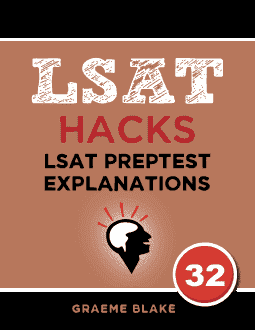QUESTION TEXT: An antidote for chicken pox has been developed, but…
QUESTION TYPE: Paradox
FACTS: An antidote for chicken pox could be dangerous even though it has no side effects and it is currently very effective.
ANALYSIS: The right answer shows an increase in danger above the baseline. A-C show ways that the drug might not work, but not that it is dangerous. D is pretty vague as to the level of danger.
___________
- This doesn’t show that the drug could be dangerous. It only shows that it is inaccessible.
- This doesn’t show danger. It only shows that people might not use the drug successfully.
- This doesn’t actually make the situation worse. The drug just isn’t as good as we might hope.
- This sounds bad but is pretty vague. Advil can be misused in the same way. We don’t know how large the overdoses have to be. Nor do we know how often the drug “can” be fatal.
- CORRECT. In the long run the drug will be ineffective and chicken pox will become more deadly. That leaves us worse off than when we started.

Free Logical Reasoning lesson
Get a free sample of the Logical Reasoning Mastery Seminar. Learn tips for solving LR questions


Hi Graeme,
I’m a little confused as to why E is the correct answer. In the stimulus, we see that the drug has no serious side effects. Wouldn’t the development of deadlier forms of chicken pox be a serious side effect? I ended up choosing D because of this. Thanks!
We’re expected to make common sense assumptions on the LSAT. Since this stimulus is referring to a drug, we can assume the primary usage of “side effects”: direct health consequences resulting from the drug for each individual patient. We don’t say that antibiotic resistance is a “side effect” of a drug — it’s an indirect consequence of widespread usage of some drugs.